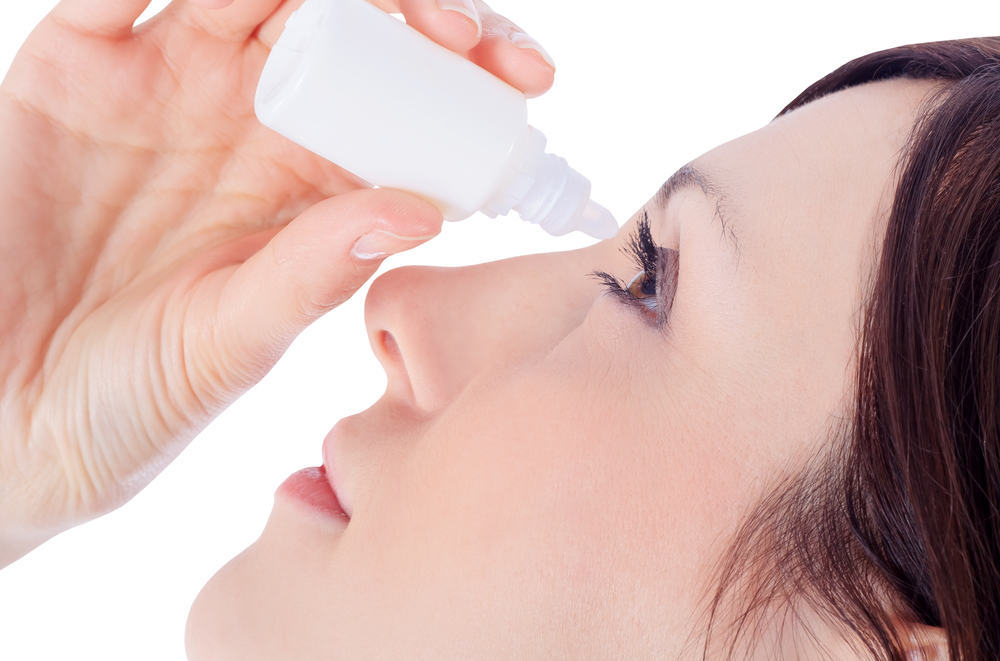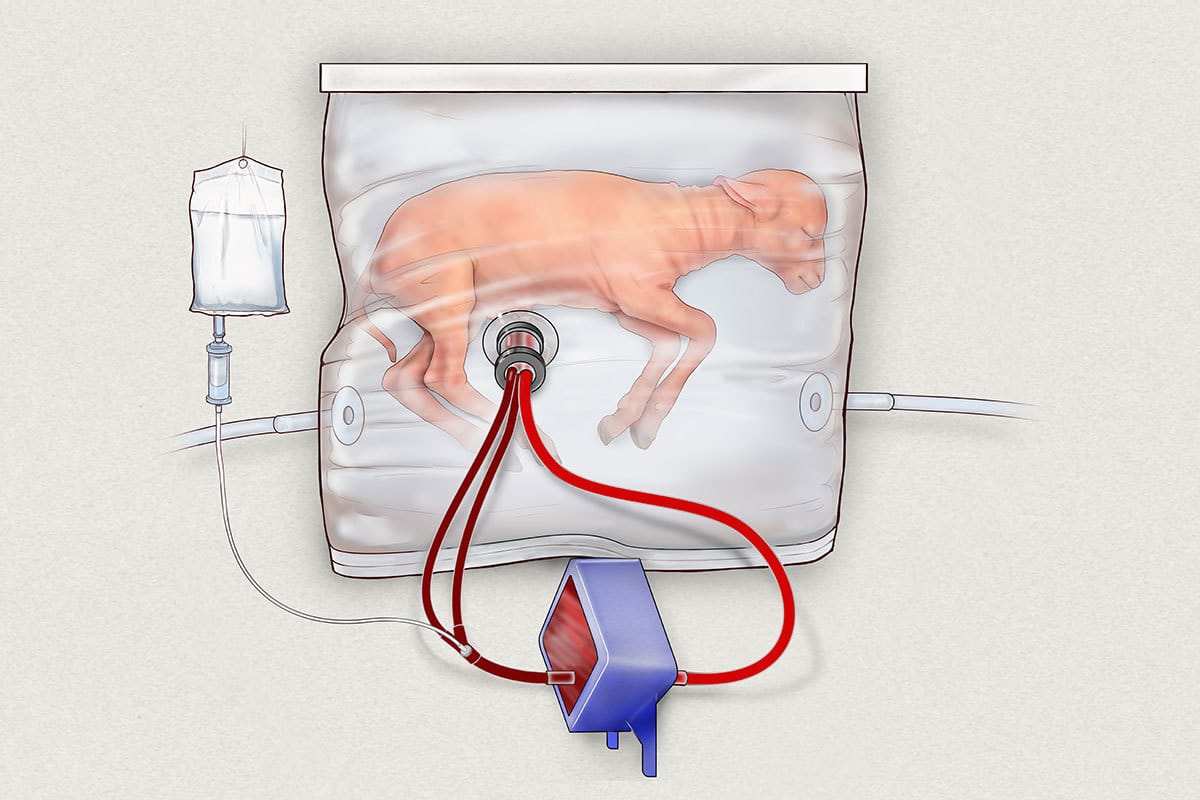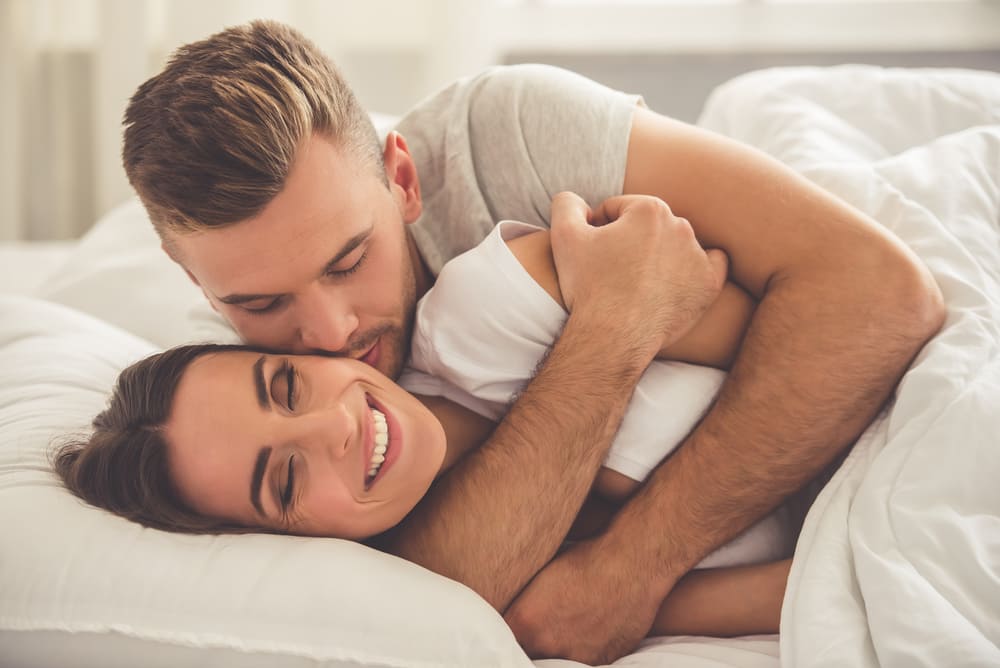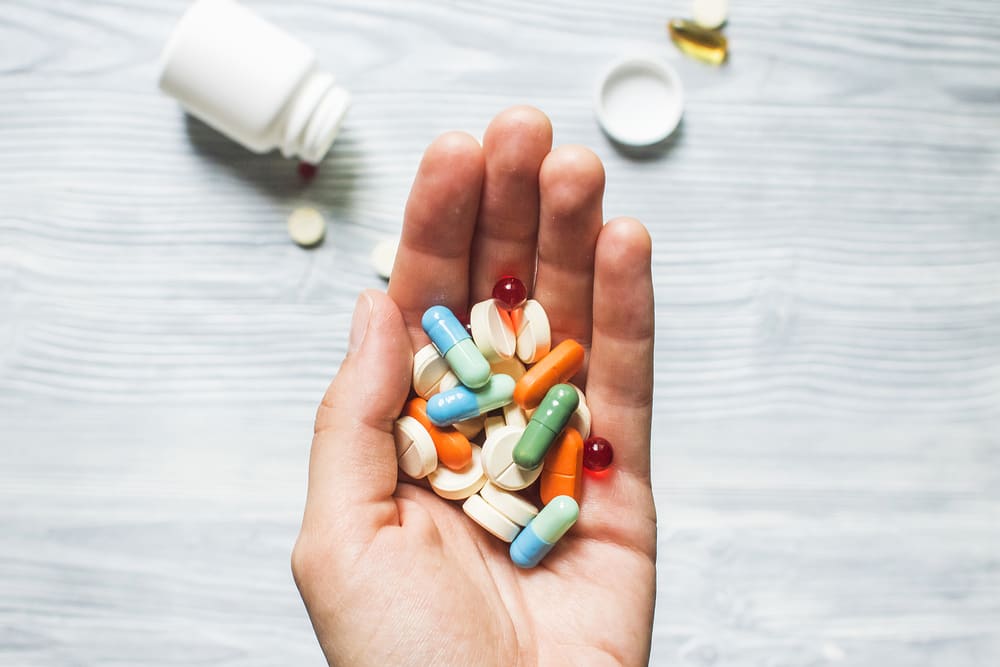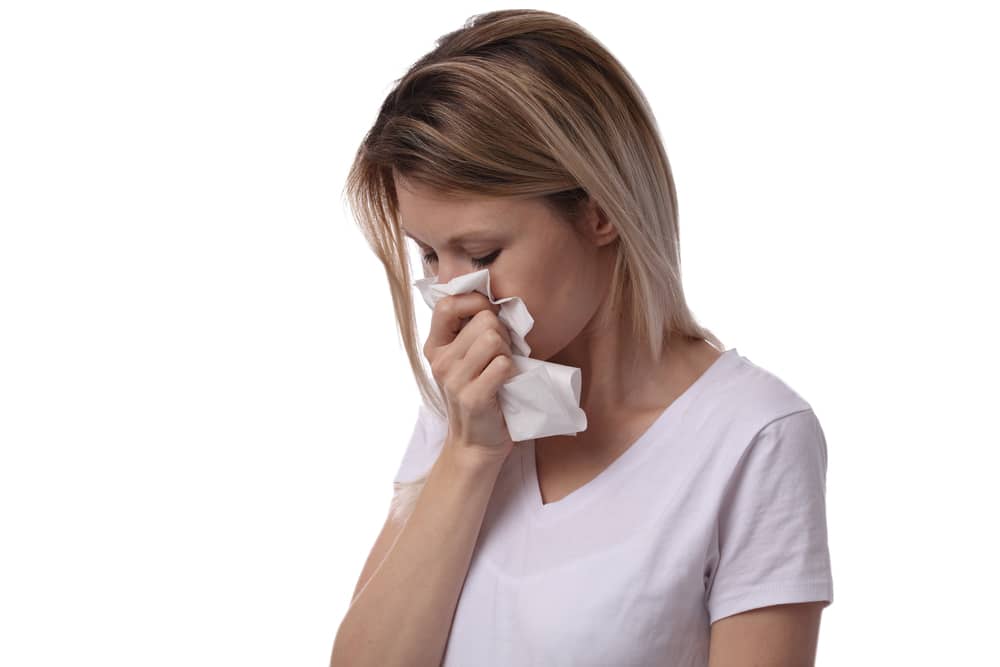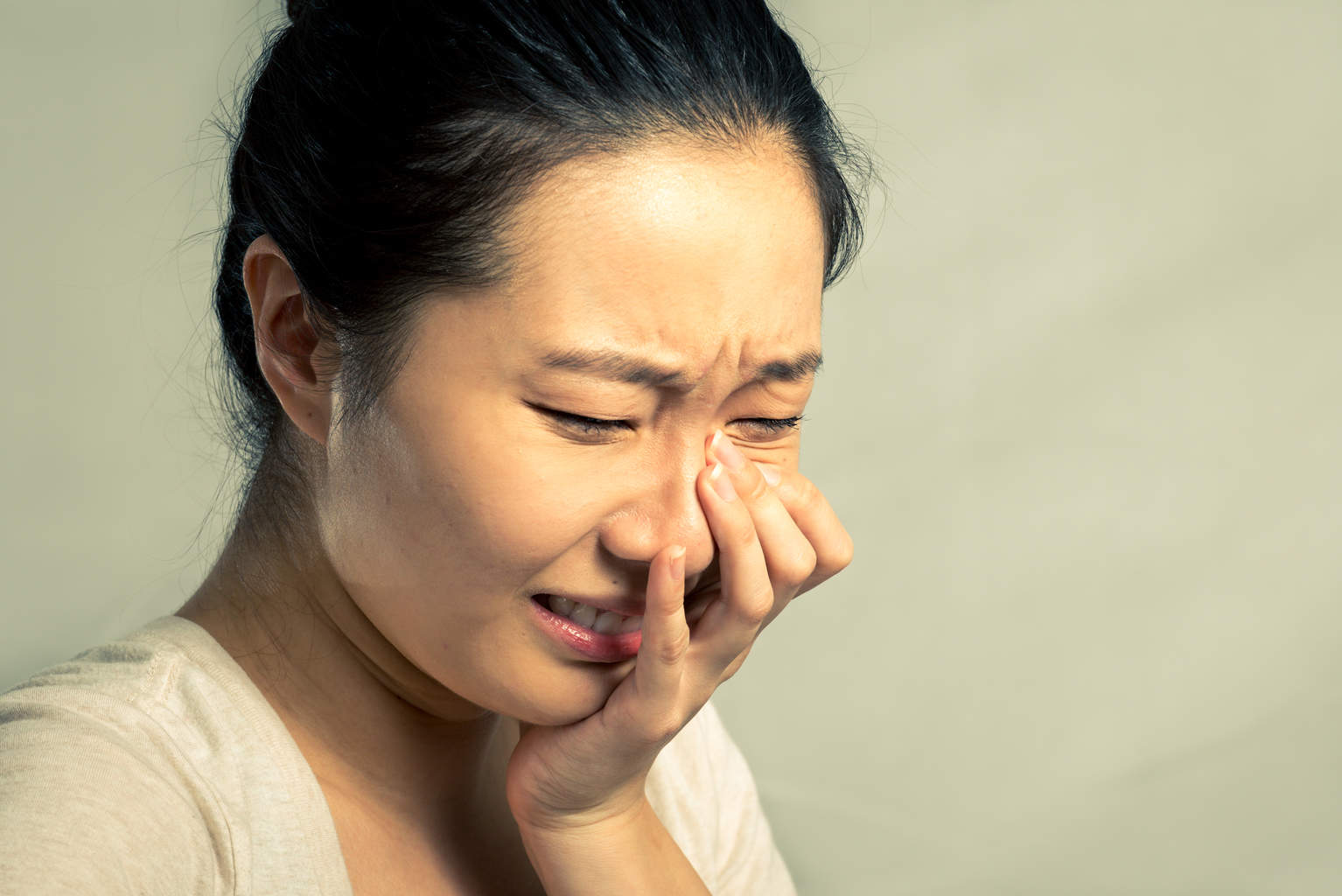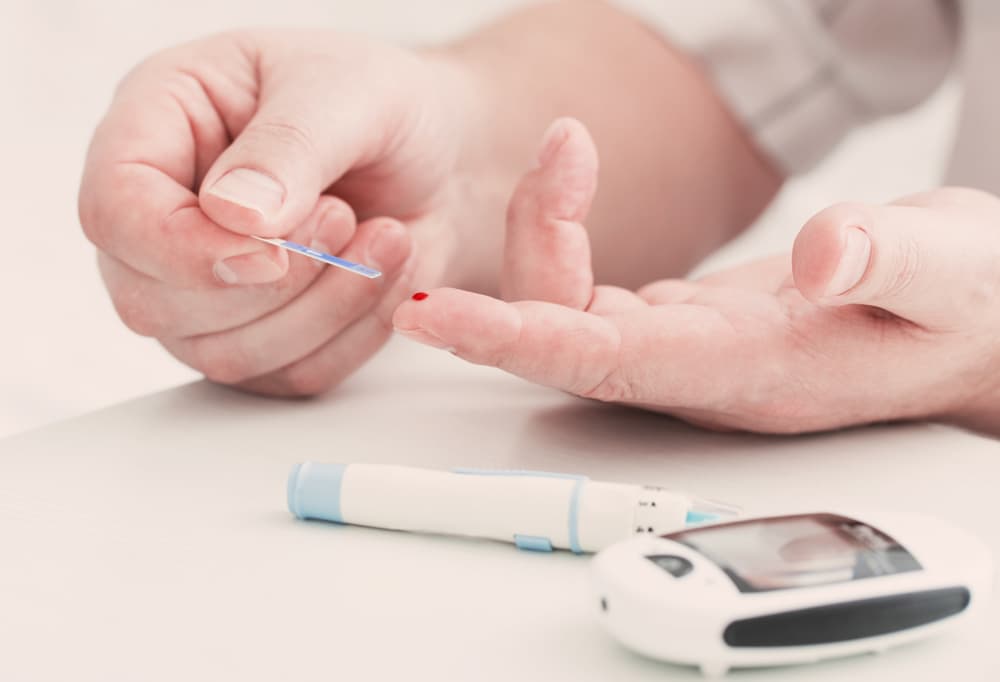Contents:
- Medical Video: What Drops to Use and Not to Use + What Causes Red Eyes - Video 5 in Dr. Zigler's Dry Eye Series
- When do you need eye drops?
- 1. Cataract surgery
- 2. Conjunctivitis (infectious eye disease)
- 3. Wetting contact lenses and lubricating the surface of the eye
- 4. Corneal infection (keratitis)
- 5. Corneal transplant surgery
- 6. Dry eyes
- 7. Allergy to the eye
- 8. Eye examination
- 9. Glaucoma
- 10. Herpes simplex (viral) eye infection
- 11. LASIK (laser-assisted in situ keratomileusis)
- 12. Lubrication and protection
- How to use the correct eye drops
Medical Video: What Drops to Use and Not to Use + What Causes Red Eyes - Video 5 in Dr. Zigler's Dry Eye Series
Eye drops are liquids used for various eye conditions, such as red eyes and after eye surgery. Eye drops usually contain saline as a base ingredient. Depending on the intended use, eye drops can also contain artificial tear lubricants, or anti-reddish substances, and medicines. There are eye drops that can be purchased at stalls, there are some that are doctor's prescriptions, and there are some that are only used by eye specialists.
When do you need eye drops?
Eye drops are usually used for the following conditions:
1. Cataract surgery
Lens removal and replacement with this artificial lens require eye drops. Before surgery, eye drops are used to prevent infection, make pupils bigger, and numbness in the eye area. After surgery, eye drops can reduce the risk of infection and help cure.
2. Conjunctivitis (infectious eye disease)
Conjunctivitis is an infection or irritation of the conjunctiva (a thin and clear membrane on the inside of the eyelid that covers the white part of the eye). The causes are bacterial or viral infections, environmental irritation, and allergies. In addition, conjunctivitis can also be caused by toxicity or allergic eye drops, or by contaminated eye drops.
Symptoms are itching, heat, redness, and swelling. Treatment of these conditions can be done using antibiotic or anti-inflammatory eye drops, or by removing eye irritation.
3. Wetting contact lenses and lubricating the surface of the eye
If the eyes sometimes feel dry when wearing contact lenses, choose special eye drops that are used for contact lenses, because other eye drops can change the color of your lens or temporarily change its position.
4. Corneal infection (keratitis)
The cause can be due to viruses, bacteria, or parasites. Infection caused by bacteria or parasites is the most severe complication of wearing contact lenses and it is more common in long-term contact lens users. In addition, inadequate lens cleaning can also be a cause, such as not replacing and cleaning the lens as recommended, and swimming using contact lenses.
Mild infections can be treated with anti-bacterial eye drops. Whereas more severe infections may require antibiotic eye drops, or by carrying out further treatment, including surgery. Remove contact lenses immediately if you suspect that your eyes are infected, and don't forget to immediately seek treatment.
5. Corneal transplant surgery
This is a corneal replacement surgery that is sick or injured with a healthy cornea, which is usually obtained from the eye bank. After surgery, eye drops are needed to help cure and prevent rejection from donor tissue.
6. Dry eyes
Dry eyes are caused by low tear production and aging. If the quality of the outer and inner layers is bad, tears won't lubricate the eyes for a long time. This can cause the eyes to feel "sandy" and itchy. Other symptoms include:
- Hot or stinging
- Pain and redness
- Sticky eye droppings
- Fluctuating vision
- Excessive tears ("reflex" tears cannot help relieve dry eyes because they are not in the eye long enough)
Artificial tears (eye drops) can be used to lubricate dry eyes during the day. Other treatments may be used in more severe cases.
7. Allergy to the eye
These allergic symptoms include itching, watering, redness, pain, and burning. Many types of eye drops can help you relieve symptoms of allergic conjunctivitis. Eye drops that can be used are those that have artificial tears, which do not contain drugs, and which contain several drugs, such as antihistamines, mast cell stabilizers, decongestants, and corticosteroids prescribed.
If you have allergies to the eyes and wear contact lenses, ask your eye doctor about eye drops that can help keep the lens clean when exposed to allergens.
8. Eye examination
During a complete eye examination, the ophthalmologist uses eye drops to:
- widen the pupil (to make a "bigger window" so that it can look into the eye)
- turn off the eye during a trial of glaucoma
9. Glaucoma
Glaucoma is an increase in fluid pressure in the eye, which if left untreated can cause serious optic nerve damage and loss of vision. Eye drops can be used to reduce eye fluid pressure by reducing eye fluid production.
If you have galukoma, do not use eye drops containing vasoconstrictors (topical decongestants). This makes small blood vessels smaller and can worsen the pressure that has increased in your eyes.
10. Herpes simplex (viral) eye infection
The initial symptoms of this infection include painful sores on the eye surface (eyelids) and corneal inflammation. Fast treatment done using anti-viral eye drops can prevent more serious eye damage.
11. LASIK (laser-assisted in situ keratomileusis)
LASIK can improve farsightedness, farsightedness, and astigmatism. Anesthetic eye drops are used before surgery to prevent pain. After surgery, eye drops are used to help cure and prevent infection.
12. Lubrication and protection
The main ingredients of eye drops that are sold on the market are usually in the form of hydroxypropyl methylcellulose (ophthalmic) or carboxymethylcellulose. Even though artificial tears are considered very safe, you are required to check yourself if:
- You are allergic to all types of preservatives
- You have had an unexpected reaction or an allergic reaction to it hydroxypropyl methylcellulose or carboxymethylcellulose
How to use the correct eye drops
Sometimes when we use eye drops, we feel confused to do it, especially when using eye drops to ourselves. Therefore, here are some steps to using eye drops that are correct:
- Wash your hands with soap and water.
- Check the tip of the eye drops to make sure that it is not chipped or cracked.
- Avoid touching the tip of the dropper on your eyes or anything (eye drops must be kept clean).
- While raising your head up, pull the lower layer of your eyes into a pocket.
- Hold the eye drops face down, and position the eye drops as close as possible to the eyes without touching them.
- Press the eye drops slowly, so that the liquid falls into the bag that you made in the lower layer of the eye.
- Close your eyes for 2-3 minutes by lowering your head. Try not to blink and squeeze your eyelids.
- Place your fingers on the tear vessels and apply gentle pressure.
- Wipe off excess liquid on your face using a tissue.
- If you use more than one drop in the same eye, wait for 5 minutes before adding the next drop.
- Replace and tighten the lid on the bottle of eye drops. Do not wipe or rinse the dropper tip.
- Wash your hands to remove any medication.
READ ALSO:
- 7 Causes of Dry Eyes, and How to Overcome It
- 3 Things About Eyes That You Must Know
- 3 Types of Nutrition that Maintain Your Eye Health

